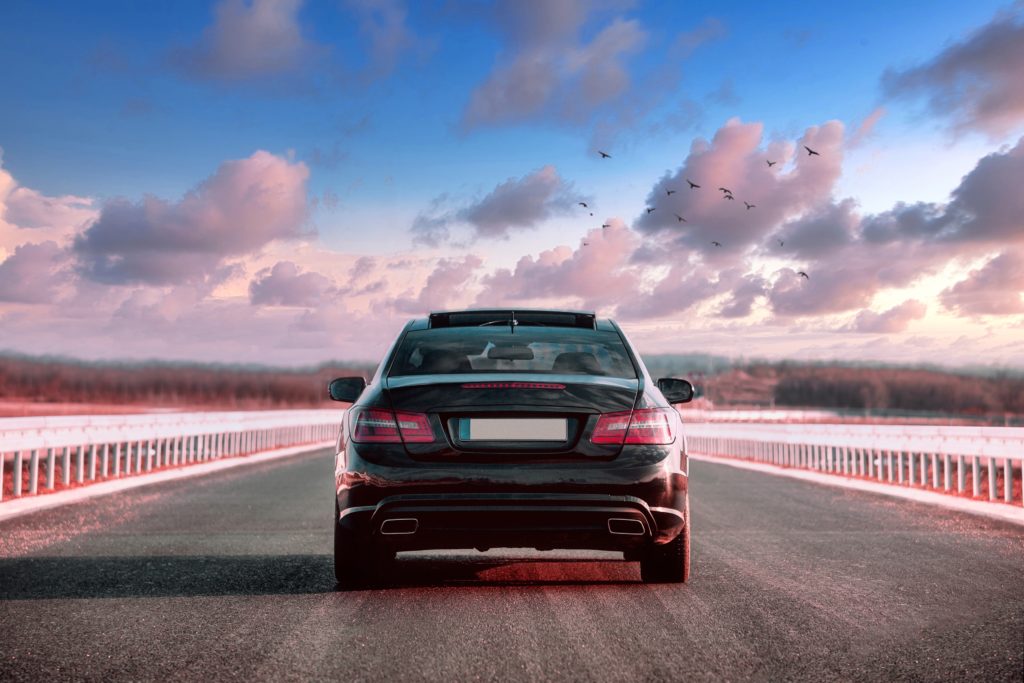What is Gap Insurance on a Car?
If you’ve ever leased a car or taken out an auto loan, you may have been offered gap insurance. But what is gap insurance on a car, and how does it work to protect you financially? Discover everything you need to know about gap auto insurance to help you decide whether or not you need this optional coverage.
What is gap auto insurance, and how does it work?
Gap insurance is designed to cover the difference between the amount you owe on your loan and your vehicle’s actual value in the event it’s totaled or stolen. In other words, it protects you from being “upside-down” on your loan.
While gap insurance is not required by law, it can be a wise investment if you’re financing or leasing a brand-new vehicle. If you’re in an accident shortly after you get your new vehicle, your insurance will typically only pay up to the market value of the vehicle – not the value of your loan. Since the market value of new cars depreciates rapidly, you may owe more on your loan than your car is worth. Gap insurance can help protect you from having to pay out-of-pocket for the remaining balance of your loan in the event of a total loss.
For example, say you bought your car with a loan for $20,000. A few months later, the market value of your car is $17,000. Your car is totaled in an accident, so your insurance provider pays you $17,000 to match the market value of your car. You’re still responsible for paying off your entire loan, so you need to pay your lender $3,000. Gap insurance would help cover this unexpected cost.



